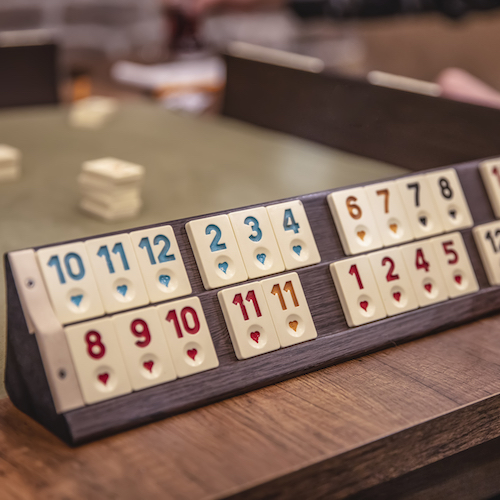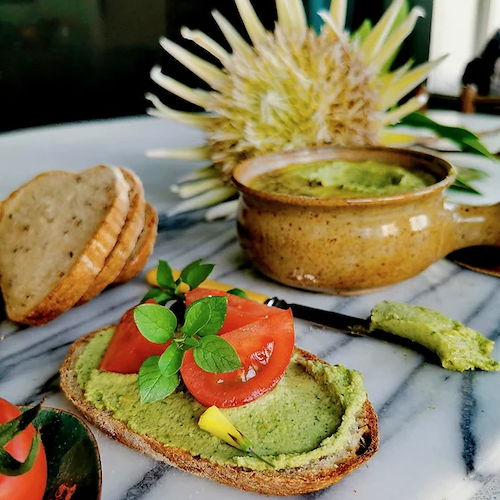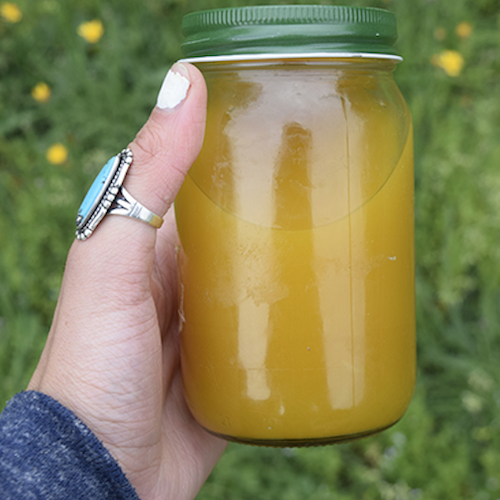Who doesn’t love this game! If you don’t it’s because you haven’t played it yet.
Rummikub is one of my Mums favourite games, we play it almost every evening when Mum comes to stay. Right now she’s away with family friends in Seattle and they are playing it there most days. It’s just so much fun and easy to learn, also each game doesn’t go on for too long so you can set a ‘best of’ and play three to five games fairly quickly.
Rummikub requires a mix of strategy, planning, and a touch of luck, the object is to be the first to play every tile on your rack. It’s easy to learn but takes a while to perfect making it an ideal game for people of different ages to play together.
Fun fact … did you know that there are competitions all over the world and that the world games are in Poland this September. There are 32 Champions from 31 countries joining this years competition.
Congratulations to Chad Nathan for clinching the New Zealand Rummikub Championship title after an intense final! Chad placed within the top 4 in our last New Zealand competition in 2018!
Also worth a mention is Jack Dowle for coming in second, Isabella Castillo for placing third, and Ariel Collins for securing fourth place.
How To Play Rummikub …
Rummikub is typically played with 2 to 4 players, each drawing 14 tiles from a set of 106. The tiles are numbered from 1 to 13 in four distinct colours: black, blue, red, and orange. There are two of each number in every colour, plus two jokers that can stand in for any tile. The objective is simple yet challenging: be the first to use all your tiles by arranging them into sets and runs.
A set in Rummikub is a group of three or four tiles of the same number but different colours, while a run is a sequence of three or more consecutive numbers of the same colour. The gameplay starts with players making an initial meld worth at least 30 points, after which they can lay down tiles, draw new ones, or manipulate the existing sets and runs on the table to create new combinations.
One of the unique aspects of Rummikub is the use of jokers, which can represent any tile. However, there’s a twist: if another player can replace a joker with the actual tile it represents, they can then use the joker in a new set or run. This adds an extra layer of strategy and excitement to the game.
Rummikub continues until one player successfully uses all their tiles, leaving the other players to tally up the value of the tiles they have left. The winner’s score is boosted by the sum of these values, and the player with the lowest cumulative score across rounds emerges victorious.
In our family we play slightly differently with every player going out instead of adding up the tiles left.
Find out more and meet up with people in your area via the NZ Rummikub Facebook page






About The Author: Triona Backup
More posts by Triona Backup